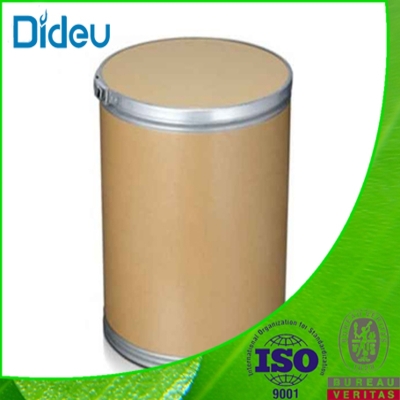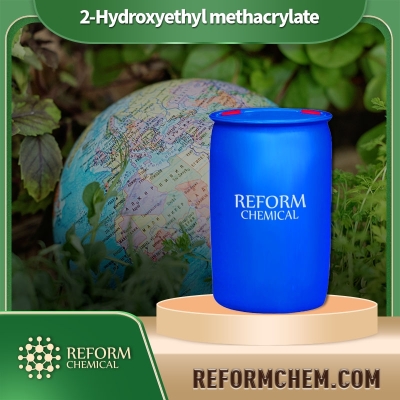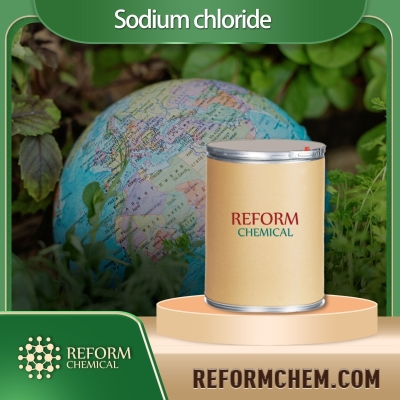-
Categories
-
Pharmaceutical Intermediates
-
Active Pharmaceutical Ingredients
-
Food Additives
- Industrial Coatings
- Agrochemicals
- Dyes and Pigments
- Surfactant
- Flavors and Fragrances
- Chemical Reagents
- Catalyst and Auxiliary
- Natural Products
- Inorganic Chemistry
-
Organic Chemistry
-
Biochemical Engineering
- Analytical Chemistry
-
Cosmetic Ingredient
- Water Treatment Chemical
-
Pharmaceutical Intermediates
Promotion
ECHEMI Mall
Wholesale
Weekly Price
Exhibition
News
-
Trade Service
Ibandronate sodium is a widely used bisphosphonate medication that is primarily used for the treatment of osteoporosis and other conditions that affect bone health.
The synthetic route of ibandronate sodium is a complex process that involves several steps, each of which must be carefully controlled to ensure the production of a high-quality final product.
In this article, we will explore the synthetic routes of ibandronate sodium, including the starting materials, reagents, and key reaction steps involved in the synthesis of this commonly used medication.
Starting Materials
The synthesis of ibandronate sodium typically begins with the production of 2,2'-O-(4-methyl-1-piperazinyl)bis-dipropylamino-1,3-propanediol, which is also known as PMPA.
PMPA is a key intermediate in the synthesis of ibandronate sodium and is derived from 1,3-propanediol and 4-methyl-1-piperazinyl chloride.
Reagents
The synthesis of ibandronate sodium involves several reagents, including hydroxylamine hydrochloride, hydrazine, benzene sulfonamide, and others.
Hydroxylamine hydrochloride and hydrazine are used in the formation of PMPA, while benzene sulfonamide is used in the final steps of the synthesis to form the final product, ibandronate sodium.
Key Reaction Steps
The synthesis of ibandronate sodium involves several key reaction steps, each of which must be carefully controlled to ensure the production of a high-quality final product.
The following is a brief overview of the key reaction steps involved in the synthesis of ibandronate sodium:
- Hydroxylation of 1,3-propanediol: The first step in the synthesis of ibandronate sodium involves the hydroxylation of 1,3-propanediol using hydroxylamine hydrochloride and sodium hydroxide.
This reaction forms an intermediate compound, which is then converted to PMPA. - N-Substitution of PMPA: The PMPA intermediate is then treated with 4-methyl-1-piperazinyl chloride and sodium hydroxide to form the N-substituted PMPA intermediate.
- Deprotection of PMPA: The N-substituted PMPA intermediate is then treated with hydrazine to deprotect the PMPA intermediate and form the desired product, 2,2'-O-(4-methyl-1-piperazinyl)bis-dipropylamino-1,3-propanediol.
- Dehydration of PMPA: The next step involves the dehydration of PMPA to remove the diol function, which forms an excised ring.
- Isolation of Ibandronate Sodium: The final step in the synthesis of ibandronate sodium involves the isolation of the desired product from the crude reaction mixture using standard chromatographic techniques.
Conclusion
The synthetic routes of ibandronate sodium involve several key reaction steps, starting materials, and reagents.
The synthesis of ibandronate sodium begins with the production of PMPA, an intermediate compound that is derived from 1,3-propanediol and 4-methyl-1-piperazinyl chloride.
The PMPA intermediate is then treated with other reagents to form the final product, ibandronate sodium.
The synthesis of ibandronate sodium requires careful control of each reaction step to ensure the production of a high-quality final product.
This complex process involves several key reaction steps, starting materials, and reagents, all of which must be







